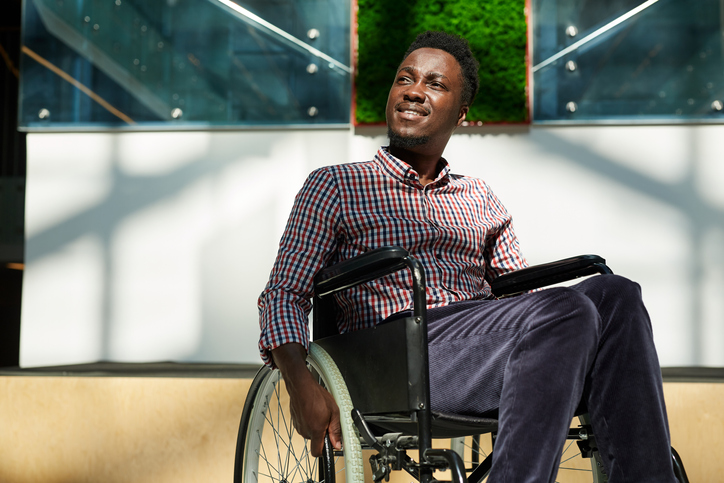Pain
What Is Spinal Cord Injury?

What is spinal cord injury?
A spinal cord injury involves damage to any part of the spinal cord or the nerves at the end of the spinal canal. The spinal column consists of stacked bones called vertebrae. The vertebrae house the spinal cord. These nerves carry communication signals between the brain and the rest of the body. When damage occurs to a part of the spinal cord or nerves at the bottom of the spinal canal, it is considered a spinal cord injury. The spinal cord is responsible for many things including, but not limited to, transmitting pain and other sensory signals, allowing for movement (both voluntary and involuntary), and communicating with organs and organ systems.
Types
Spinal cord injury severity is divided into two categories: complete and incomplete. A complete spinal cord injury means that all ability to control movement is lost below the spinal cord injury location. An incomplete spinal cord injury means that some motor or sensory function exists below the injury.
Levels of severity
Levels of severity include quadriplegia and paraplegia. Quadriplegia, also known as tetraplegia, refers to any spinal cord injury above the first thoracic vertebra (T1) or any of the cervical vertebrae (C1- C8) and generally results in the paralysis of all four limbs, the trunk, and pelvic organs. Paraplegia refers to any spinal cord injury below the first thoracic vertebra (T1) and generally results in the paralysis of the lower limbs, pelvic organs, and all or part of the trunk.
Injuries closer to the neck typically cause paralysis in larger areas of the body than injuries closer to the lower back area. Most individuals with spinal cord injuries require devices such as walkers or wheelchairs to assist with limited mobility.
Unfortunately, some individuals are completely paralyzed and require constant care. As a result of the loss of mobility, bed sores and urinary tract infections are common among those dealing with spinal cord injuries.
Symptoms
The specific symptoms associated with a spinal cord injury depend on the type and location of the injury (incomplete vs. complete). Symptoms of spinal cord injuries include, but are not limited to, the following:
- Loss of ability to control limbs
- Loss of ability to feel touch or temperature in the affected area
- Difficulty walking
- Unconsciousness
- Extreme headaches
- Loss of bowel or bladder control
- Muscle spasms
- Signs of shock
- Pain or stinging sensation in the spinal cord
- Difficulty breathing and difficulty coughing
- Changes in sexual function
- Unnatural head position
Spinal cord injuries often affect how the body functions overall. Permanent changes in bodily strength, sensation, and function, as well as, emotional and mental challenges may develop from a spinal cord injury. Affected areas may include the bladder, bowels, skin, circulatory system, and respiratory system. Muscle tone, overall fitness and wellness, sexual function, and pain tolerance may also be affected.
Causes
Damage to the spinal cord can be caused by a traumatic injury, spinal compression, inflammation, infection, bleeding, or spinal arthritis. Other causes of spinal cord injuries include, but are not limited to, falls, spina bifida, polio, automobile or industrial accidents, diving accidents, sports injuries, arthritis, physical assaults (including gunshot or knife wounds), and cancer.
Risk factors
Several factors increase the risk of a spinal cord injury. Men account for 80% of those who sustain spinal cord injuries. Individuals between the ages of 16 and 30 are at increased risk as are the elderly. Unquestionably, engaging in high-risk activities, such as diving into shallow water, playing contact sports, or driving recklessly increases the risk of spinal cord injury. Pre-existing conditions, such as arthritis or osteoporosis, also heighten the risk of spinal cord injury.
Emergency situations
Individuals should call 911 or seek emergency treatment if they experience sudden, extreme pain or pressure in the neck, head or back; paralysis in any part of the body; loss of sensation in the hands, fingers, feet, or toes; loss of bladder or bowel control; difficulty walking or sudden balance issues; impaired breathing; or a twisted neck or back.
No one should attempt to move someone who is suspected of having a spinal cord injury. Call 911 and follow the directions that are provided.












